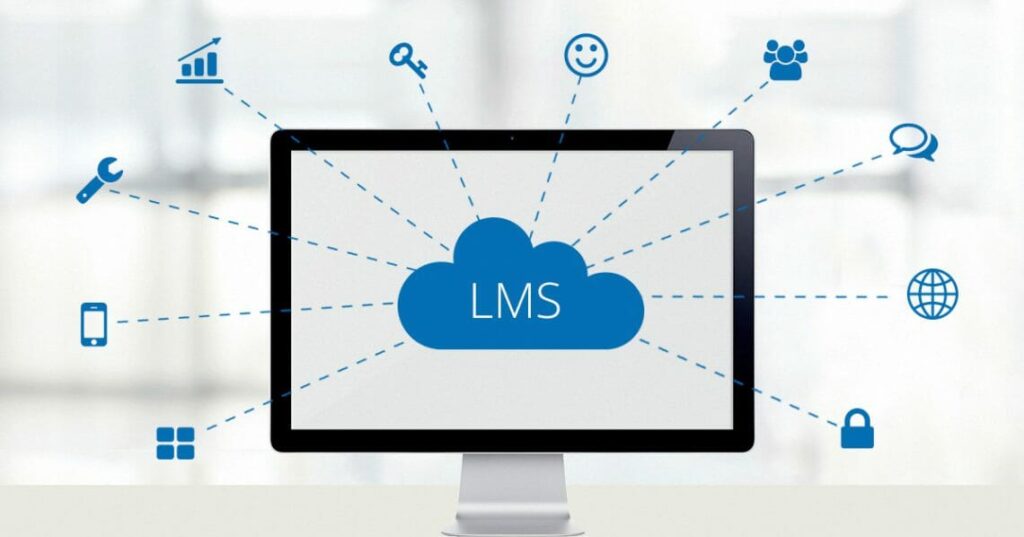How Learning Management Systems Are Changing L&D For Businesses

Many businesses have seen an improvement in their learning and development program since investing a learning management system (LMS) platform.
What Is Learning And Development And Why Is It Important?
The L&D industry has existed for a long time. Yet, still, some business owners and employees aren’t quite sure exactly what it is. Learning and development (L&D) in the workplace refers to the process of empowering employees with skills to improve their performance levels and business growth. L&D is most commonly provided through an employee training program that can be carried out through multiple forms such as eLearning, blended learning and in-person training.
This process should be a top priority for all companies. The reason for this is because L&D is vital for companies to stay competitive. Without a workforce that is continuously trained and provided the knowledge they need to succeed, business growth may be difficult. Retention can wane, and having to continuously hire new talent can be expensive.
By implementing an ongoing learning and development program, your company can save on hiring costs, decrease employee turnover while also improving company reputation and productivity levels. Check out the full list of benefits that you can achieve with L&D in our article, Top Benefits Of Learning And Development Training.
What Is A Learning Management System (LMS)?
Many L&D providers are now providing training opportunities through the use of learning management systems. A learning management system (LMS) is a software tool that allows companies and employee training providers to create, manage and deliver training content, most typically online and eLearning training.
Just like Google’s Gmail allows you to manage your email inbox, an LMS is built to provide companies and their employees with the ability to access a dashboard that contains valuable training content and other learning activities anywhere and at any time. An LMS allows companies to house their training and development content centrally in one software program. It has also been proven to save on traditional employee training costs such as minimizing the costs related to hosting in-person training sessions.

How Does An LMS Improve L&D?
Learning management systems have played a significant role in improving the delivery of learning and development training for businesses, especially due to its cost-effectiveness. Besides that, an LMS also provides the benefit of giving business leaders and HR departments a better understanding and sense as to how beneficial their employee training plans are. Therefore, improving how companies are implementing and designing training for employees.
Tracking Progress & Certifications
One significant way that an LMS has been benefiting L&D training is the fact that it offers features that allow for the tracking of employee progress and it also provides certificates of course completion.
Traditionally, employee training was often held in person over the course of a few sessions. Once these sessions were completed, an employee may have received a document noting participation but there may not have been any way for stakeholders to determine exactly how an employee benefited from the training.
Now, with the help of an LMS, it is possible to track exactly how much progress an employee has made in regards to certain training modules and can give you a better understanding of their knowledge level. For example, some learning management systems offer quizzes as part of employee skill training. This helps an employee to retain the information that they have left and also gives insights into strengths and weaknesses in either their skill set or the training content itself.
Finally, being presented with a certification at the end of training provides more credibility and helps employees to feel that they received value from the training. This certificate acts as an official document proofing their expertise and high skill level in a particular area.
How Training Company Is Bringing The Best Of L&D With Our Award Winning LMS

Here at Training Company, we understand the benefits that companies can experience by investing in an LMS dashboard. That is why we curated one of our own. Through our LMS, many companies have gained access to a wealth of training content modules and learning activities helping them improve their learning and development programs.
Branded Dashboard & White Label LMS
We have created our LMS in a way that allows your company to brand it and white label the system as your own. The aim of creating an LMS was to ensure that a company could invest in a software program that reflected their company through and through. That means only your brand visuals and logos are shown, creating a seamless experience for your employees.
Access To The Right Course Content
With access to our LMS, The Learning Centre, your company can avail of an extensive library of existing or curated content just for your needs. Have your own training material? No problem, you can upload directly on to the platform and let your employees get started on upskilling right away.
The goal of our LMS is to provide your business with access to the right course content at the right time and cost. By maintaining your own employee training platform, you not only save on investments while providing employees with a training plan designed especially for their needs. You also get access to full user analytics and course progress tracking.
Access Learning And Development At The Best Cost
Looking to improve your learning and development training plan with an LMS? Get in contact with the Training Company team today and we can guide you through exactly how our LMS works. Additionally, we act as your outsourced L&D department, meaning that we work alongside you to create the perfect sustainable employee training program for your business.
Reach out to us today to see how your company will benefit from next-level L&D training opportunities.
